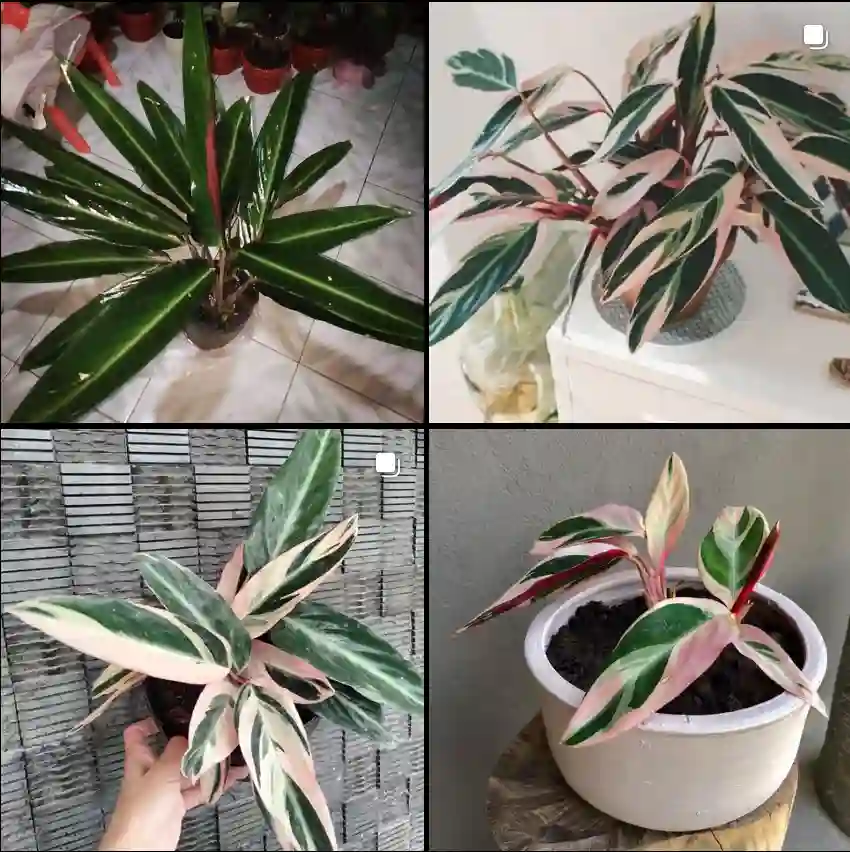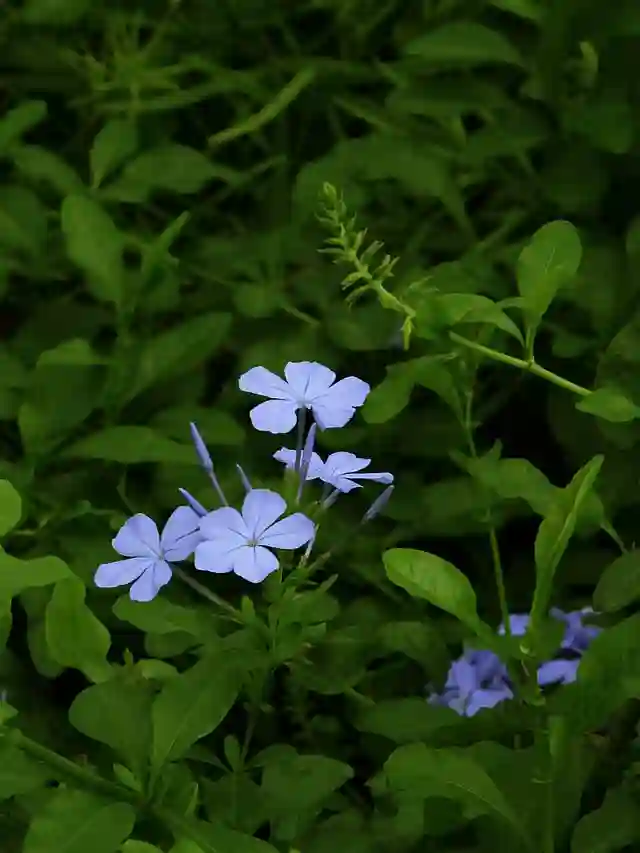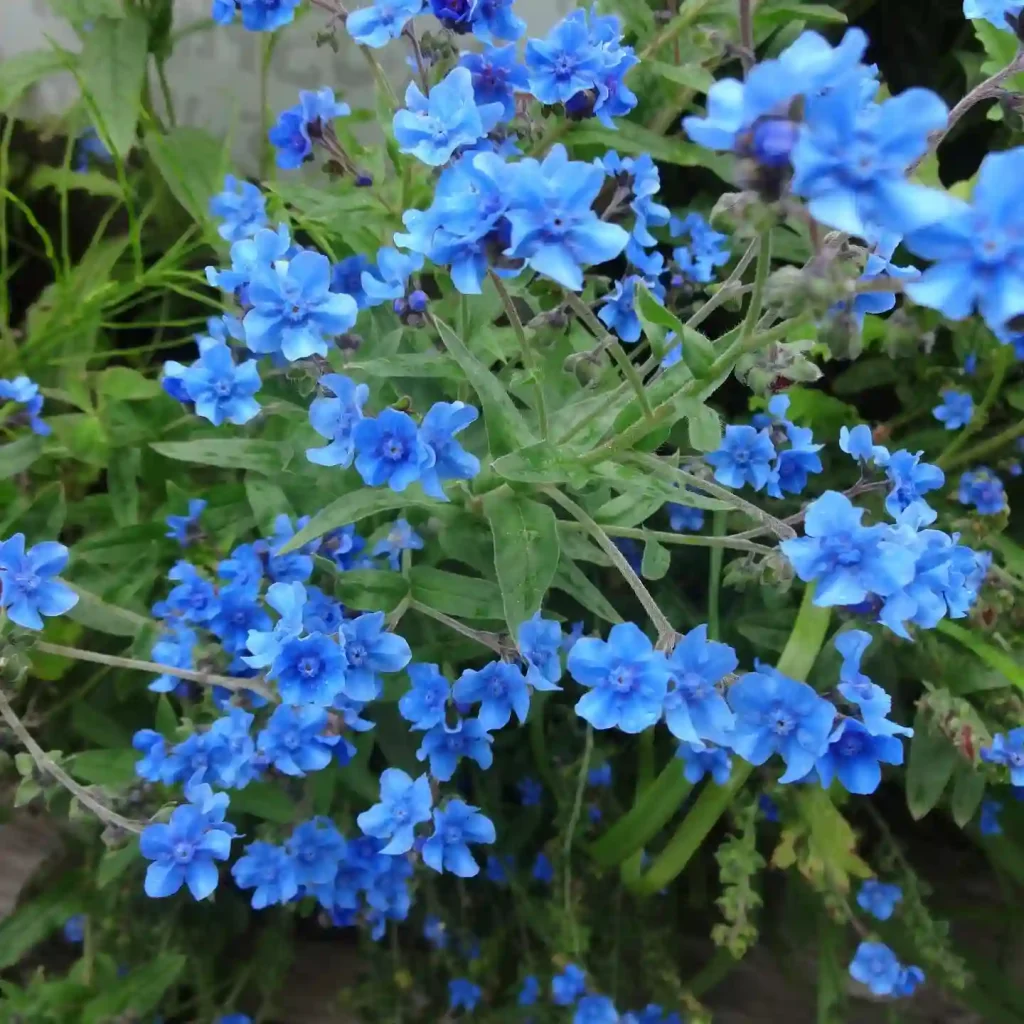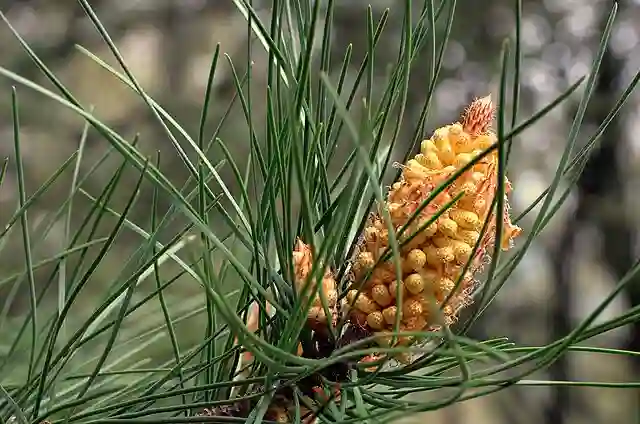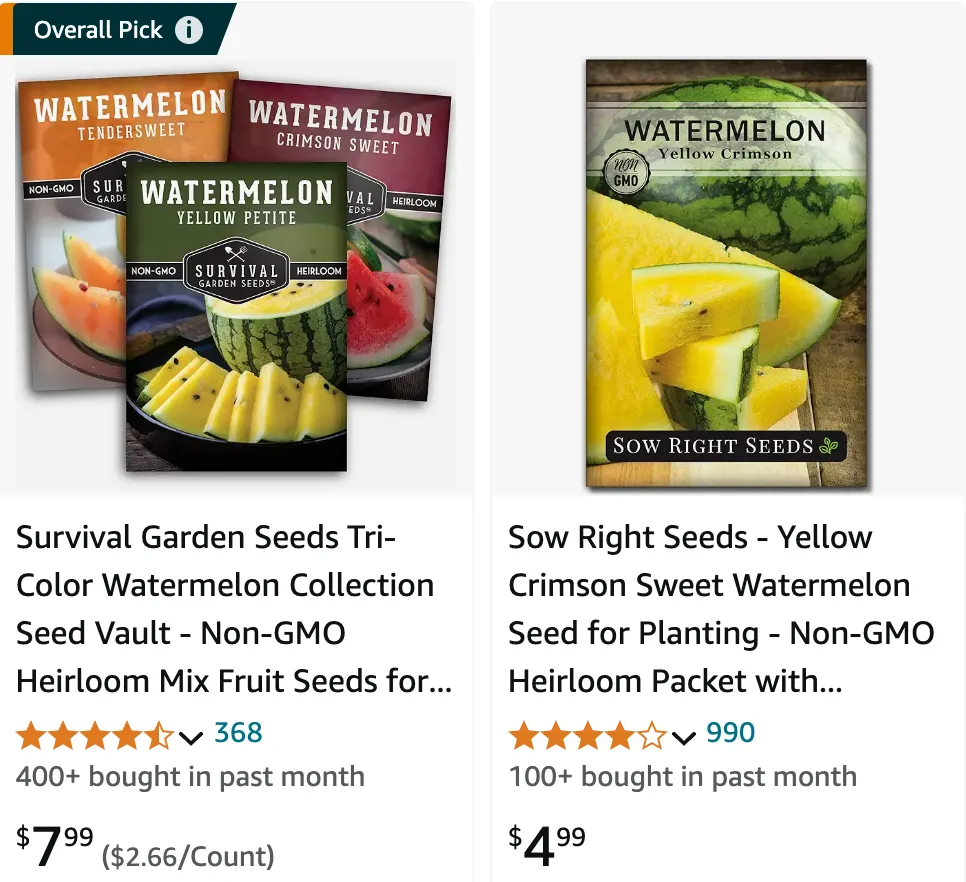
What Is Yellow Watermelon?
Yellow Watermelon is a variety of watermelon with bright yellow flesh instead of the traditional red. Its scientific name is Citrullus lanatus. This unique fruit is known for its sweet, honey-like flavor and vibrant color, which makes it a popular choice for salads, desserts, and refreshing summer snacks.
Where to Buy Yellow Watermelon?
Finding Yellow Watermelon can be a bit of a treasure hunt. I’ve had the best luck at local farmers’s markets, especially during the peak summer months. Many specialty grocery stores, such as Whole Foods and Trader Joe’s, often carry Yellow Watermelon when it’s in season. Additionally, you can sometimes find them at large supermarket chains, but availability can vary. For those who prefer online shopping, there are several specialty fruit and produce delivery services that might carry Yellow Watermelon.
Is Yellow Watermelon GMO?
A common question I hear is whether Yellow Watermelon is a genetically modified organism (GMO). The answer is no. Yellow Watermelon is not genetically modified. The yellow flesh comes from natural variations in the fruit’s genetics, which affects the levels of certain pigments. Specifically, Yellow Watermelons contain lower levels of lycopene, the red pigment found in traditional watermelons, and higher levels of beta-carotene, which gives them their yellow color.
How Do You Grow Yellow Watermelon?
Growing Yellow Watermelon is similar to growing the traditional red variety. Here are some key steps:
Select the Seeds: Purchase seeds labeled as Yellow Watermelon from a reputable source.
Prepare the Soil: Ensure the soil is well-draining and rich in organic matter. Watermelons prefer a pH between 6.0 and 6.8.
Planting: Plant the seeds in a sunny location after the last frost date. Space the seeds about 3 feet apart in rows that are 6 feet apart.
Watering: Keep the soil consistently moist but not waterlogged. Watermelons need about 1-2 inches of water per week.
Fertilizing: Use a balanced fertilizer when planting, and switch to a low-nitrogen fertilizer once the vines begin to run.
Pest Control: Watch for common pests like aphids and cucumber beetles, and use organic pesticides if necessary.
Harvesting: Yellow Watermelons are ready to harvest when the tendril closest to the fruit turns brown and the underside of the melon turns creamy yellow.
What Is the Difference Between Red and Yellow Watermelon?
The primary difference lies in the color and the taste. Yellow Watermelon has a sweeter, almost honey-like flavor compared to the traditional Red Watermelon. The color difference is due to the varying levels of pigments: Yellow Watermelon has more beta-carotene and less lycopene than its red counterpart. Texture-wise, they are very similar, both offering a juicy and refreshing bite.
Is Yellow Watermelon Healthier Than Red Watermelon?
Both Yellow and Red Watermelons have their health benefits. Yellow Watermelons are rich in beta-carotene, which the body converts into vitamin A, essential for eye health and immune function. Red Watermelons, on the other hand, are high in lycopene, which is linked to heart health and cancer prevention. Both varieties are hydrating, low in calories, and offer a good amount of vitamins C and B6. The choice between the two can come down to personal preference and nutritional needs.
How to Propagate Yellow Watermelon?
Propagation of Yellow Watermelon is typically done through seeds. Save seeds from a mature Yellow Watermelon by rinsing them clean and allowing them to dry thoroughly. Store the seeds in a cool, dry place until planting season. Alternatively, you can purchase seeds from a reliable source. Start the seeds indoors a few weeks before the last frost date, and transplant the seedlings outdoors once the weather warms up.
What to Plant with Yellow Watermelon?
Companion planting can benefit Yellow Watermelon by improving soil health, deterring pests, and promoting growth. Some good companions include:
Marigolds: These flowers deter many pests and can attract beneficial insects.
Radishes: They help break up the soil, making it easier for watermelon roots to grow.
Corn: Provides a natural trellis for watermelon vines and can offer some shade.
Mint and Oregano: These herbs repel common pests and can be interplanted around the edges of the watermelon patch.
Exploring the world of Yellow Watermelon has been a delicious adventure for me. Whether you’re looking to grow your own or simply enjoy this vibrant fruit, Yellow Watermelon is a delightful addition to any summer table.
If i die, water my plants!
